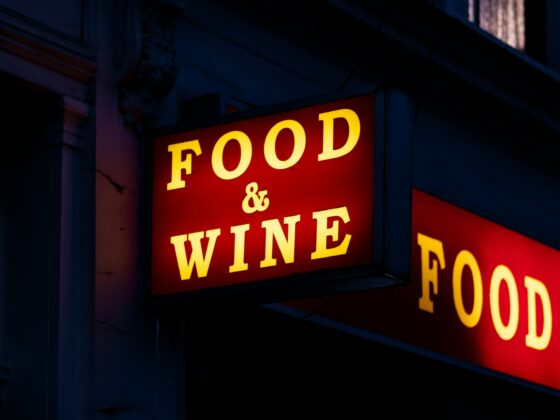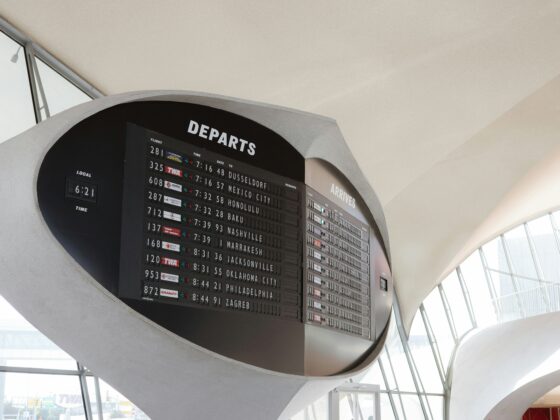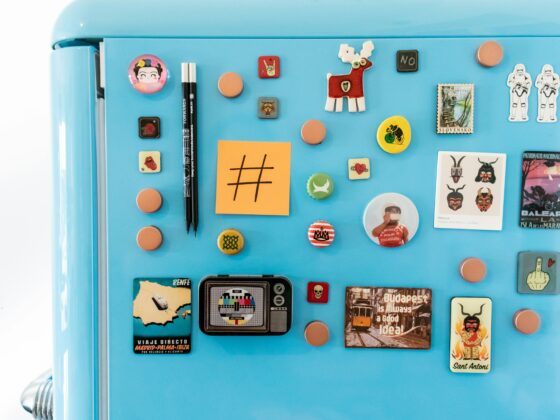Here are a few ways that, when properly employed, technology and automation can help brands authentically get to know each customer as an individual, communicate with each customer based on their unique preferences and needs, and do both at scale.
Personalization
According to our latest Relationship Marketing Trends: Brand Rankings Report, 62% of consumers say their favorite brand treats them like an individual, and 79% say they’re likely to engage with a personalized email tailored to their interests
But personalization needs to be more than just using customers’ first name in an email. For QSRs, personalization should include things like understanding previous purchase history, dietary restrictions, and general user behavior. Understanding the psychological drivers and distinct behaviors of different customer segments, like late-night diners or weekend families, helps in tailoring both communications and experiences effectively.
AI and Machine Learning empower marketers to efficiently segment and target consumers based on specific behavioral characteristics. This means meeting customers where they prefer, delivering highly relevant content, and maintaining consistent branding across multiple touchpoints.
Engagement
Interactive experiences and thoughtful engagement are vital for building brand affinity. QSR brands can utilize quizzes, surveys, and zero-party data to establish one-on-one conversations with consumers, engage foodies at every digital touchpoint, and collect valuable consumer data in exchange for personalized value.
QSR brands like Burger King, Papa John’s, and Domino’s are leveraging AI and machine learning to deliver tailored experiences, ensuring that the right offers reach the right consumers at the right time.
The more QSR brands can gather precise first-party and zero-party data from consumers, the better they can enrich customer profiles and enhance the efficiency of their targeted marketing efforts.
Delivery
The pandemic has cemented the role of e-commerce orders, in-restaurant pick-up, and third-party delivery services (e.g., Grubhub, Uber Eats) in the QSR industry. QSRs can use messaging (email, push notifications, and SMS personalization) to make product recommendations based on a user’s previous orders and inspire orders based on weather, time of day, and user behavior.
Hyperlocal Marketing and Value Customization
QSR brands are increasingly focusing on hyperlocal marketing efforts, engaging with communities through local events, and customizing their value propositions to meet the specific needs of nearby consumers to inspire digital ordering and localized offers.
The QSR industry continuously evolves, emphasizing increasing transactional loyalty, optimizing margins, and embracing innovation. And that is one side of the equation. QSRs must also enhance their customer engagement strategies by leveraging personalization, consumer insights, and behavioral science to round out the relationship and keep it from being too one-sided.
And finally, don’t forget that learning from other industries and fostering a culture of innovation will further help you stay competitive and achieve sustained growth.
About the Author
Terri Gaughan is an accomplished marketing professional who serves as Marigold’s Enterprise Strategy Director. With over 30 years of experience, she specializes in target marketing and brand loyalty. She is an expert in designing, optimizing, and enabling the best customer strategies and experiences intended to drive profitable, incremental, and desired behaviors while building emotional connections through engagement.









